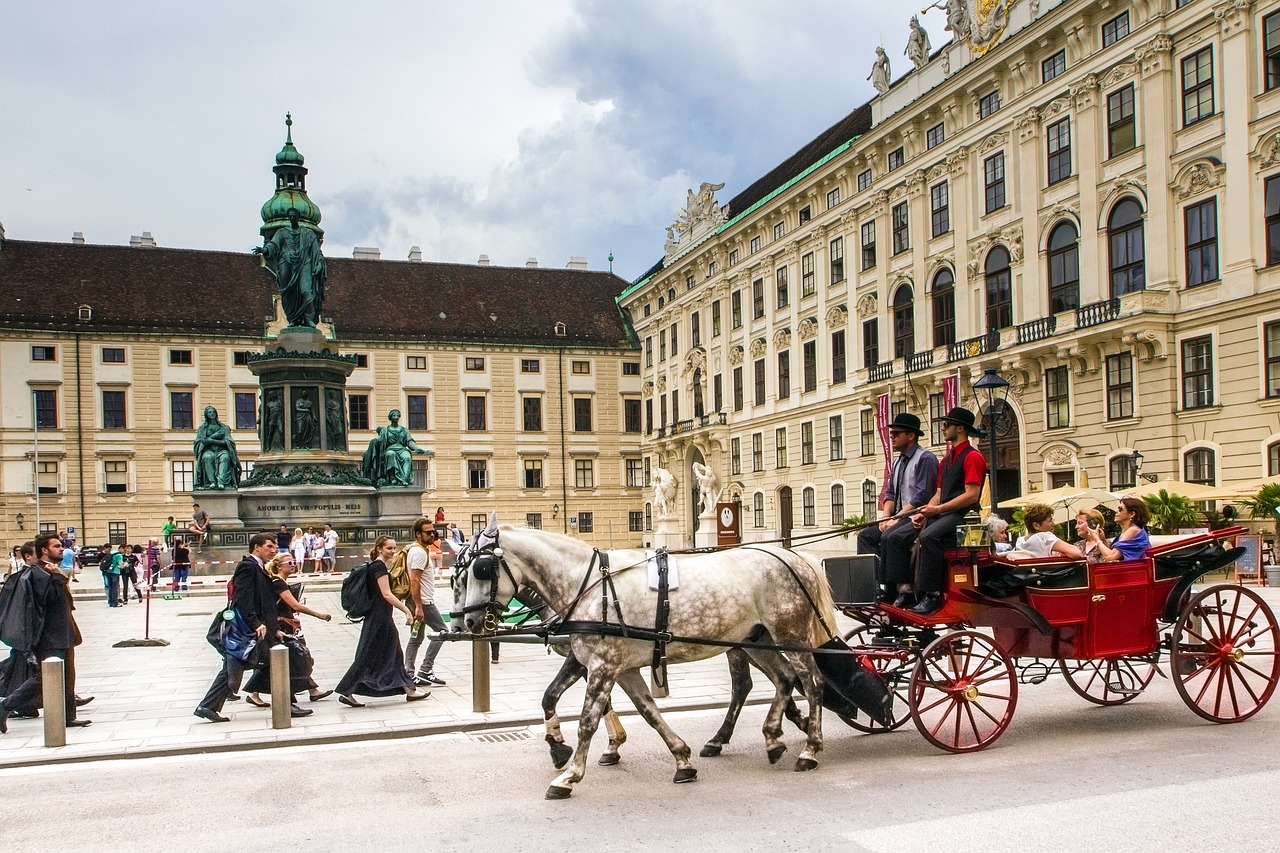A Viennese research team has investigated the extent to which existing immigrant communities in different regions influence the choice of residence of other migrants. The result: diasporas have a pull effect. In Austria, one hundred people attract around twelve new arrivals per year.
The team led by lead author Rafael Prieto-Curiel from the Complexity Science Hub (CSH) wanted to find out to what extent the principle of ‘birds of a feather flock together’—a mechanism known in science as ‘homophily’—can be understood on the basis of data from Austria and the USA, according to a press release on the study just published in the journal ‘PNAS Nexus’.
The researchers first analysed information from 1.46 million people born abroad who live in Austria. Prieto-Curiel and her colleagues then broke down their distribution by nationality to postcode level. This made it possible to estimate the size of the immigrant communities in each district. This was supplemented by analyses of immigration from abroad to larger US metropolitan areas between 2009 and 2019.
Favourite districts
With regard to Austria, it was possible to determine the size of the communities up to December 2022. The researchers then determined how many people had joined each district after a further 200 days and where they came from. According to the paper, this applied to a total of around 111,000 people across Austria. For example, it was found ‘that around 8 times more people from Serbia than from Germany chose the 10th district of Vienna as their place of residence, while around 1.4 times more people from Germany than from Serbia moved to the 7th district of Vienna,’ the press release states.
‘Our model shows that migration is driven by social influences: We can predict the migration of certain nationalities relatively easily just by looking at how many people of the same nationality live in a certain region,’ CSH researcher Fariba Karimi said. If there are no ‘shocks’, such as the start of the Russian war of aggression against Ukraine in 2022, ‘migration patterns are on average quite predictable and stable over time’, says researcher Ola Ali, who was involved in the study as a doctoral student.
Political tasks
The researchers used data from the USA to test their new ‘diaspora migration model’, which, in contrast to many other considerations on migration movements, assumes less that places where a large number of people already live attract immigrants in particular and that they tend to go to regions where the travel distance is not too great (‘gravity model’): Here, too, homophily turned out to be an important influencing factor. ‘People from South America, for example, are four times more likely to move to Miami than to Houston,’ they write in their paper. Many immigrants from South America live in Miami, while more people from Central America move to Houston. This and other results matched the predictions of the ‘diaspora model’ much better than those of the ‘gravity model’. This also applied to Austria, where the CSH team refers in the publication to the differences in the distribution and influx development with regard to Germans, Serbs, Ukrainians and Syrians in Vienna as an example.
‘We all face a very important task here. People have a certain natural tendency towards segregation. From a political point of view, we need to ensure that public services such as education and healthcare are evenly distributed and that diversity is welcome,’ says Karimi. People should ‘be given the opportunity to meet other people who are different from themselves and to socialise with them’, which can help shape urban planning.
This post has already been read 5644 times!



